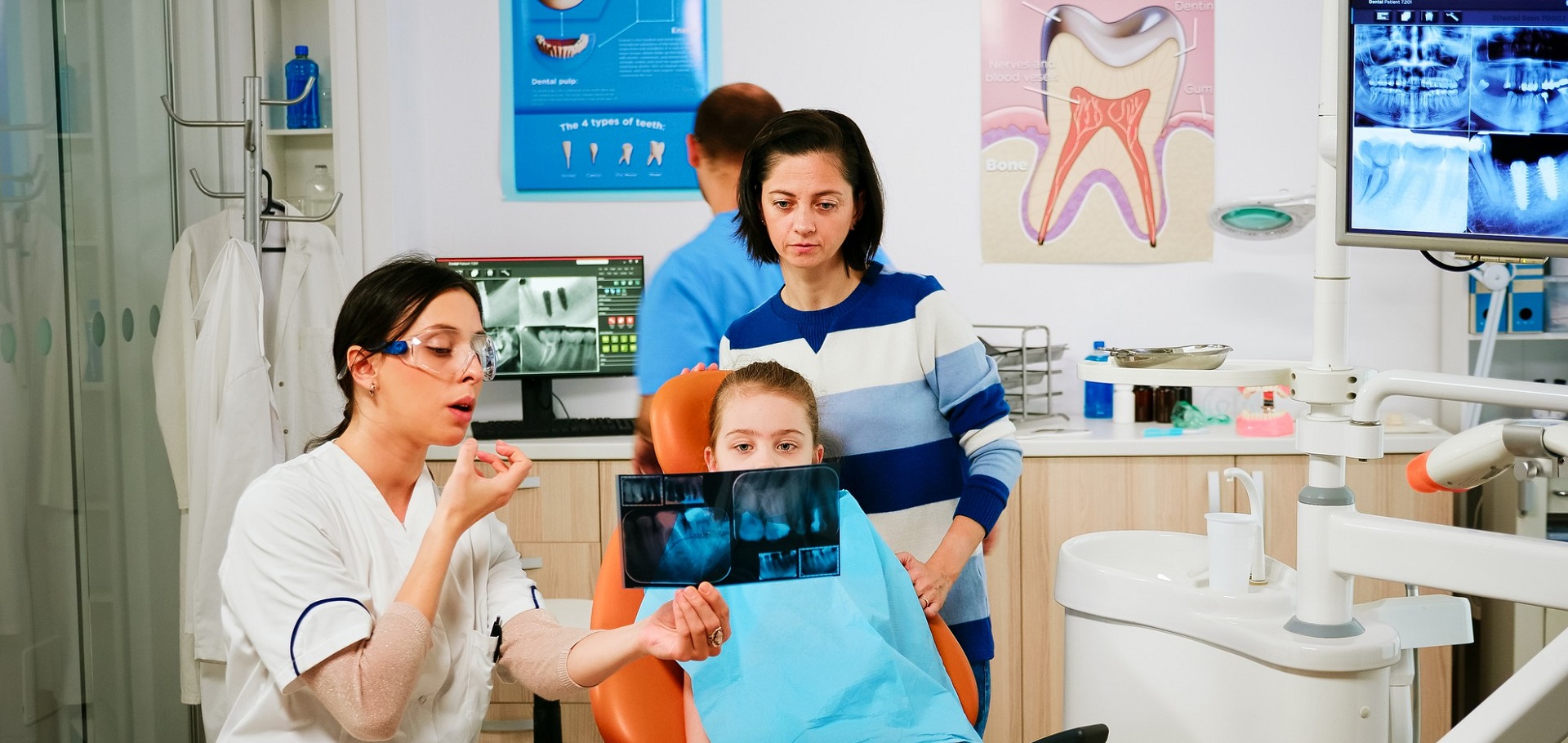A bright, white smile is commonly associated with health, vigor, and confidence. However, aging, food habits, and lifestyle choices can all contribute to tooth discolouration over time. Fortunately, advances in dental technology have made tooth whitening more convenient and effective than ever. In this beginners’ introduction to teeth whitening, we’ll go over the basics of why teeth discolor and the many techniques for getting a brighter smile.
Why do teeth become discolored?
To understand teeth whitening, you must first understand why teeth darken in the first place. There are two types of tooth discoloration: extrinsic and intrinsic.
Extrinsic discolouration occurs when the tooth’s exterior layer, known as enamel, becomes stained or discolored. Extrinsic discolouration is commonly caused by the following:
Food and Beverages: Coffee, tea, red wine, and several fruits and vegetables can discolor teeth over time.
Smoking or consuming tobacco products can cause yellowing of the teeth.
Poor oral hygiene: Inadequate brushing and flossing can allow plaque and tartar to accumulate on the teeth, resulting in discolouration.
Aging: As we age, the enamel on our teeth naturally peels away, revealing the yellowish dentin beneath.
Intrinsic discoloration occurs when the dentin, the inner component of the tooth, gets discolored or darkened. The causes of intrinsic discolouration include:
Genetics: Some people have naturally darker or yellower teeth as a result of their genes.
drugs: Certain drugs, such as tetracycline antibiotics, can cause tooth discolouration if taken when the tooth is developing.
Trauma: Teeth that have been injured or traumatized may darken or become discolored.
Fluorosis: Excessive fluoride exposure during childhood can cause white patches or streaks on the teeth.
Understanding the underlying reasons of tooth discolouration will help you select the best whitening procedure for you.
Methods for Teeth Whitening
There are various options for whitening teeth, ranging from over-the-counter items to professional procedures performed by dentists. Here are a few of the most popular methods:
Whitening toothpaste contains mild abrasives that help to remove surface stains from teeth. While whitening toothpaste can help with moderate discoloration, it may not be as effective for severe staining.
Over-the-counter whitening strips are thin, flexible strips that have been covered with a whitening gel containing hydrogen peroxide or carbamide peroxide. Users apply the strips to their teeth for a set period of time, usually once or twice a day for several weeks. Whitening strips are an inexpensive and practical choice for at-home whitening.
Whitening Trays and Gels: Custom-fitted whitening trays with bleaching gel are another popular at-home whitening method. Users load the trays with whitening gel and wear them on their teeth for a set amount of time, typically a few hours per day or overnight. Custom trays are a more comfortable fit and may result in more even whitening than one-size-fits-all trays.
In-Office Whitening: Professional teeth whitening procedures administered by a dentist provide the quickest and most dramatic results. An in-office whitening method involves applying a high-concentration bleaching gel to the teeth, which may be enhanced by the use of a specific light or laser. In-office whitening procedures usually last approximately an hour and can lighten teeth by several shades in a single session.
Take-Home Whitening Kits: Some dentists provide take-home whitening kits, allowing patients to whiten their teeth in the comfort of their own home. These kits usually include custom-fitted whitening trays and professional-grade whitening gel. Users who follow their dentist’s directions for wearing the trays may notice effects within a few weeks.
Choosing the Right Whitening Method.
When deciding on a teeth whitening treatment, you should evaluate the severity of your discoloration, your budget, and your lifestyle. If you have sensitive teeth or other dental conditions, you should contact with a dentist before beginning any whitening routine to confirm that it is safe and acceptable for you.
To summarize, teeth whitening is a safe and effective approach to brighten your smile and increase your confidence. Whether you use over-the-counter products or professional treatments, knowing the fundamentals of teeth whitening can help you attain the dazzling smile you’ve always desired.
Remember to practice good mouth hygiene, avoid staining foods and beverages, and consult a dentist for specialized advice. With the appropriate attitude, you can experience a beautiful grin that brightens the room.

